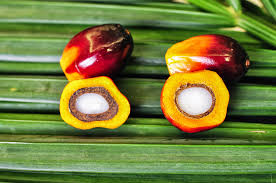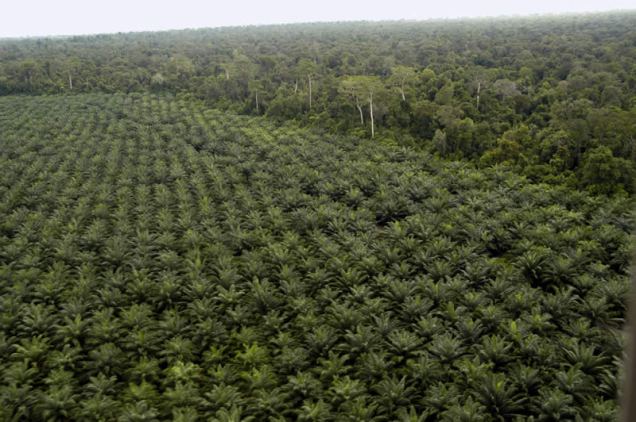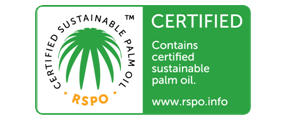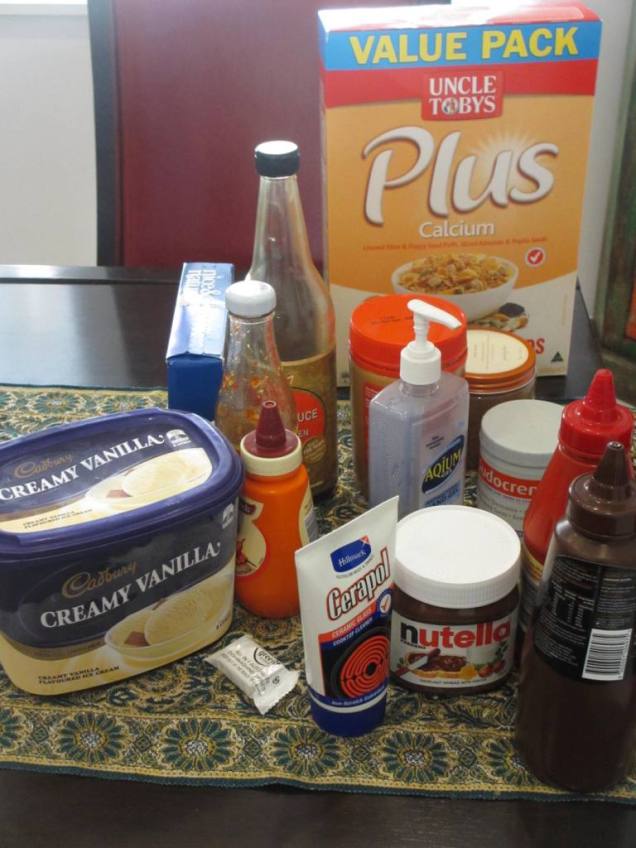Spring is in the air in Sydney. The smell of jasmine fills my backyard, flowers are out and after a very wet and cool August, the weather is slowly warming. My daughter is now five and a half months old and getting cuter by the day. She arrived into this world in a house full of madness. My son, then my middle daughter had the chicken pox, so we were confined to my bedroom in quarantine until the house was deemed safe for her to move around in. During this time, I read a lot and to keep me from going crazy my mum borrowed some magazines from the library. One of the magazines that she borrowed was ‘Green Lifestyle Magazine’ (http://www.greenlifestylemag.com.au/). It was while reading this magazine that I learnt about Palm Oil. I already knew a little about Palm Oil, but that article really opened my eyes, but first, some facts about palm oil.
What is palm oil?
Palm oil is a vegetable oil that comes from the tree Elaeis guineensis. The oil comes from the fruit and kernels of the tree. Most palm oil comes from Indonesia and Malaysia (86%).

What is it used for?
Palm oil has many uses. It’s used in anything from toothpaste, soap and shampoo, cosmetics, cleaning products to candles, biscuits, cereals, chocolate and ice cream! Even environmentally friendly, or organic products contain palm oil.
What’s the problem with palm oil?
The main issue with palm oil is that large areas of rainforest are cleared to make way for palm oil plantations. This results in the loss of species and habitats for animals such as the Orangutan.
Additionally, the rainforests that are cleared to make way for palm oil plantations sit on top of peat bogs which are large stores of carbon. As the rainforest is cut and burnt, large amounts of carbon dioxide are released into the atmosphere.

Is all palm oil problematic?
With so many products containing palm oil and its derivatives, it is unrealistic to rid the world of palm oil, so what alternative is there? There is a certification scheme called RSPO (Roundtable on Sustainable Palm Oil) which aims to ensure palm oil used is sustainably sourced. Though this is welcome, we must beware of greenwash and having marketing departments confusing consumers.
Firstly, just because a company is a member of the RSPO it doesn’t mean that they are using sustainable palm oil. Being a member of the RSPO means that they have made a commitment to ‘EVENTUALLY purchase sustainable palm oil, in most cases that commitment is to be in place by 2015’ (http://www.palmoilinvestigations.org/brand-palm-oil-statements).
Usually, if a company is using sustainably sourced palm oil, that they will display this logo and to complicate things further, if a brand states that they use sustainable palm oil, but don’t talk about whether this is certified, then what they may be doing is buying GreenPalm certificates to offset their usage. GreenPalm SUPPORTS the production of sustainable palm oil, BUT the physical palm oil used in the product is not certified.

Now, armed with more knowledge on palm oil, I decided to do some researching to see what I may have, which could potentially have unsustainable (bad) palm oil. When I looked into this website, I was left gobsmacked: http://www.palmoilinvestigations.org/products-australia . What I found particularly interesting, and concerning at the same time is that palm oil is referred to by some many names, which makes it difficult for many to decipher whether products that they buy contain palm oil. Here are just some of the names by which palm oil is known (for a more comprehensive list of names, please see: http://www.palmoilinvestigations.org/Fold%20up%20ingredients%20list-1.pdf):
• Vegetable oil;
• Elaeis guineensis;
• Elaeis oleifera;
• Sodium lauryl;
• Laureth sulphate (can also be derived from coconut oil);
• Cetearyl alcohol;
• Palmate, palmitic acid or Cetyl palmintate;
• Glyeryl stearate; or
• Sodium kernelate.
With my magnifying glass in hand, I set about going through the myriad of everyday products in my home to find whether they contain palm oil and unfortunately I found many. In fact, going through the listing of products from the list in the link above and my fridge, bathroom, kitchen etc, I was overwhelmed.
Here is just a sample of some of the products that I have on my ‘no, does not contain good palm oil’, ‘yes, contains good palm oil’, ‘Don’t know’! This is only a sample though. With limited nap times, I couldn’t go through everything in my home.



So with spring in the air, I’m on a palm oil detox mission! I expect that I will not rid my home of unsustainable palm oil altogether, but I hope in the next 6 months to reduce the unsustainable palm oil present in my home by 50%. I will report on this over the next 6 months and will share any tips and difficulties I face. I look forward to you sharing your journey also.
Resources
Wading through the ‘ins’ and ‘outs’ of this issue is difficult. You almost need a chemistry degree to understand it despite best intentions, however this website is useful and there is an App that should help when out and about shopping: http://www.orangutans.com.au/Orangutans-Survival-Information/Helping-you-buy-responsibly-Palm-oil-free-alternatives.aspx?gclid=CJXu1pX1l8ECFVUAvAod-CAAfQ
Other resources include:
https://www.facebook.com/palmoilproductsinAustralia
http://www.ethical.org.au/know-the-score-in-the-store/
http://www.saynotopalmoil.com/
http://www.zoo.org.au/get-involved/act-for-wildlife/dont-palm-us-off
https://itunes.apple.com/au/app/palm-oil-shopping-guide/id671945416?mt=8
http://www.wwf.org.au/our_work/saving_the_natural_world/forests/palm_oil/

-
Subscribe
Subscribed
Already have a WordPress.com account? Log in now.